Transitioning conventional truck fleets to electric vehicles (EVs) pushes up annual operational costs, which subsequently increases economic inflation, according to a recent report from transportation and logistics firm Ryder.
As transportation costs have a direct bearing on the price of goods sold in markets across the country, Ryder estimates such increases to eventually add about 0.5–1 percent to overall price inflation in the economy.
“There are specific applications where EV adoption makes sense today, but the use cases are still limited. Yet we’re facing regulations aimed at accelerating broader EV adoption when the technology and infrastructure are still developing,” said Karen Jones, executive vice president and head of new product development for Ryder.
“Until the gap in TCT [total cost to transport] for heavier duty vehicles is narrowed or closed, we cannot expect many companies to make the transition; and, if required to convert in today’s market, we face more supply chain disruptions, transportation cost increases, and additional inflationary pressure.”
In California, the annual TCT increase for a heavy-duty EV tractor was approximately $315,000, with the number rising to more than $330,000 in Georgia. In both cases, equipment costs were the biggest contributor to the increase, rising by 500 percent.
Ryder noted there were 16.4 million Class 3 to Class 8 commercial vehicles in operation in the United States, out of which only an estimated 18,000 EVs have been deployed.
…click on the above link to read the rest of the article…






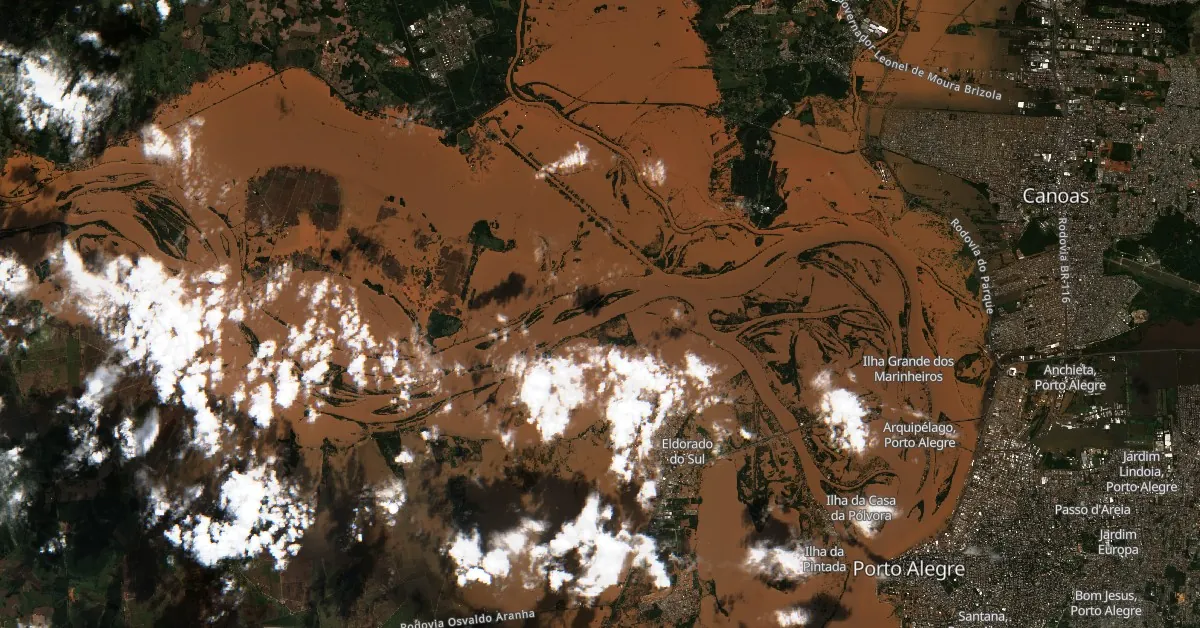
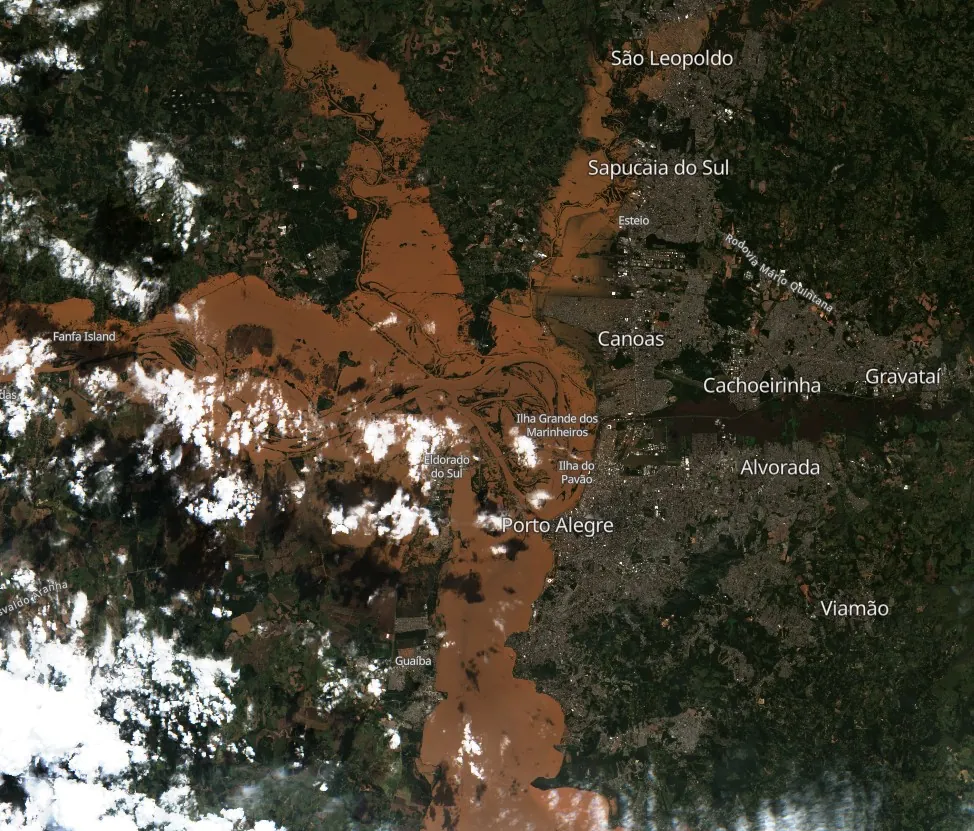
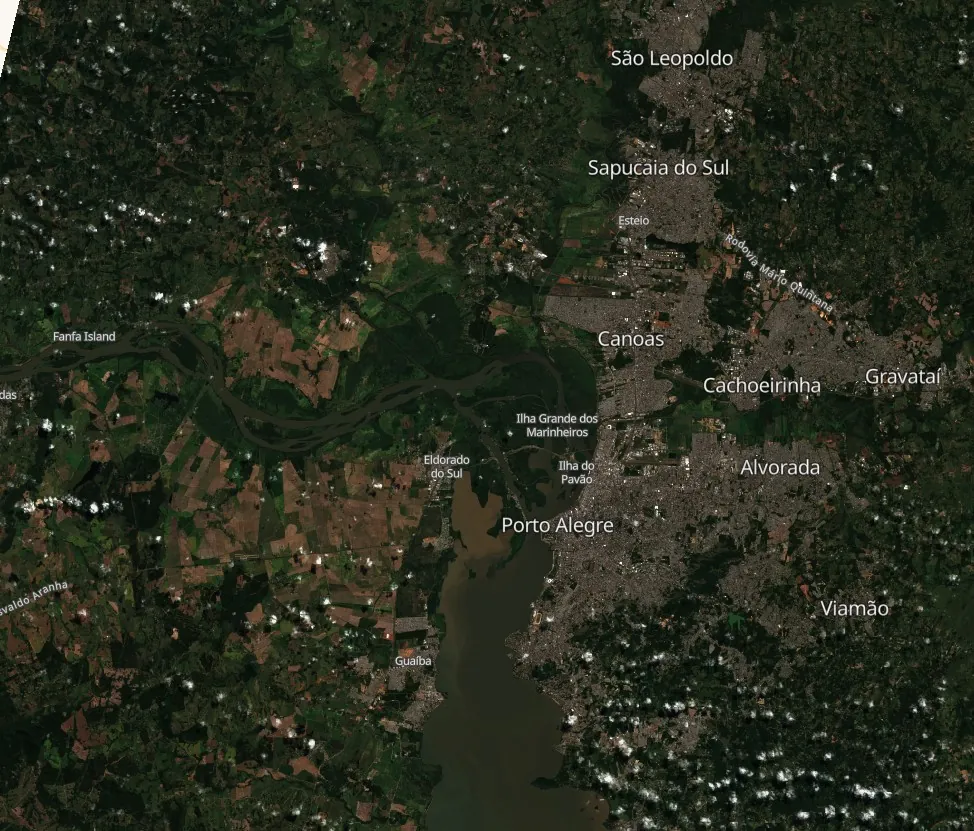
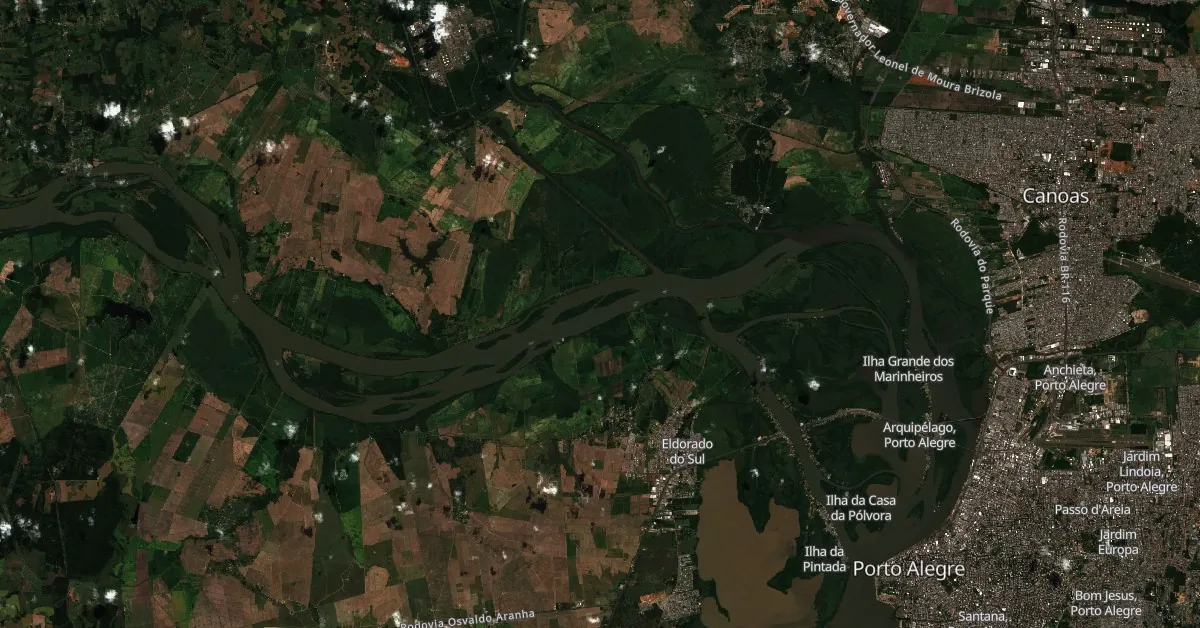
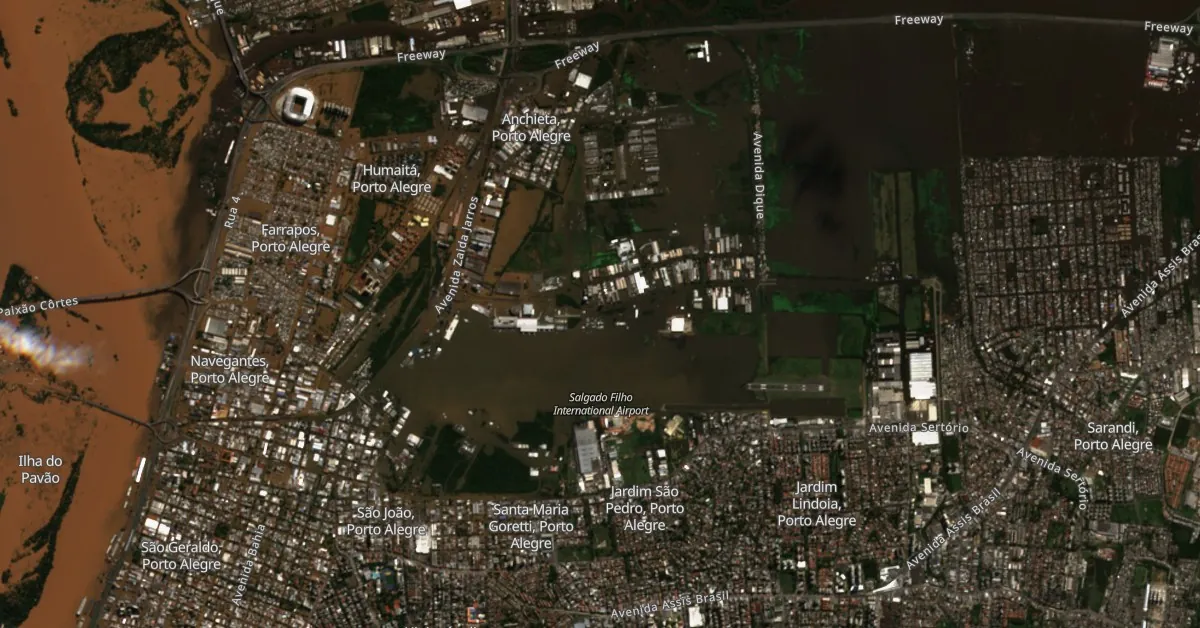
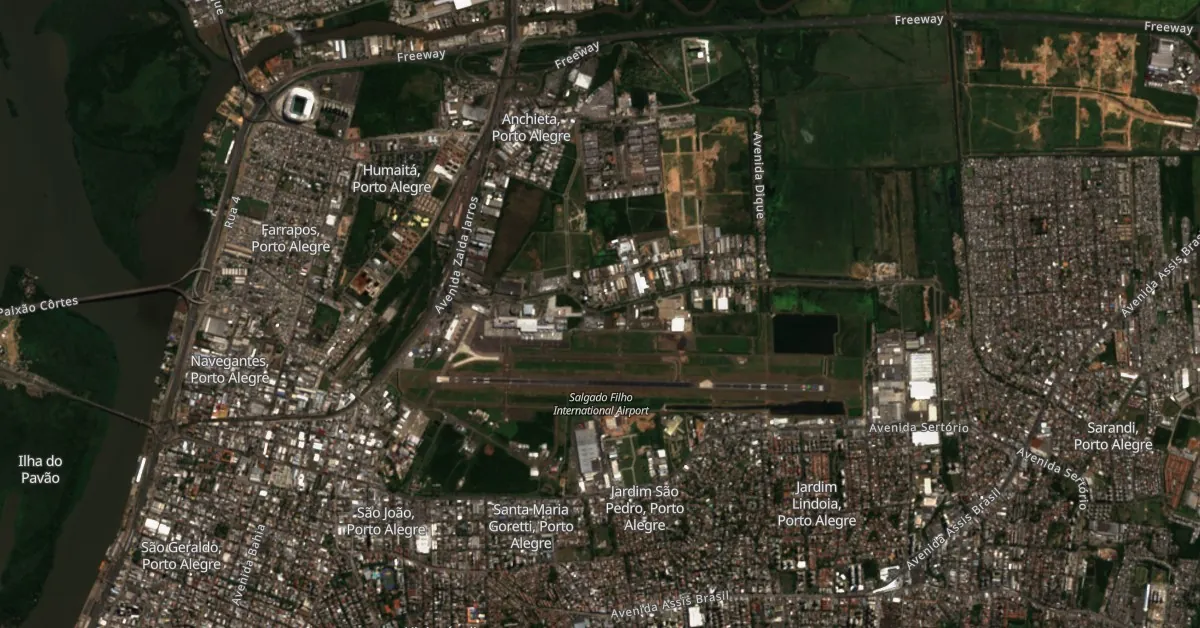
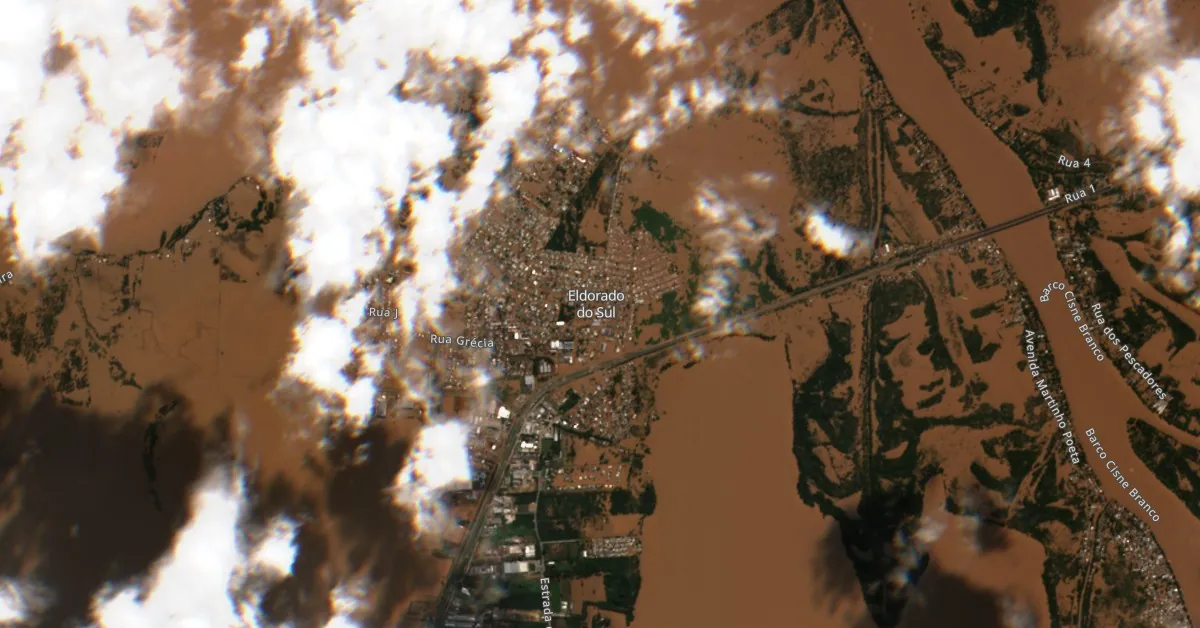
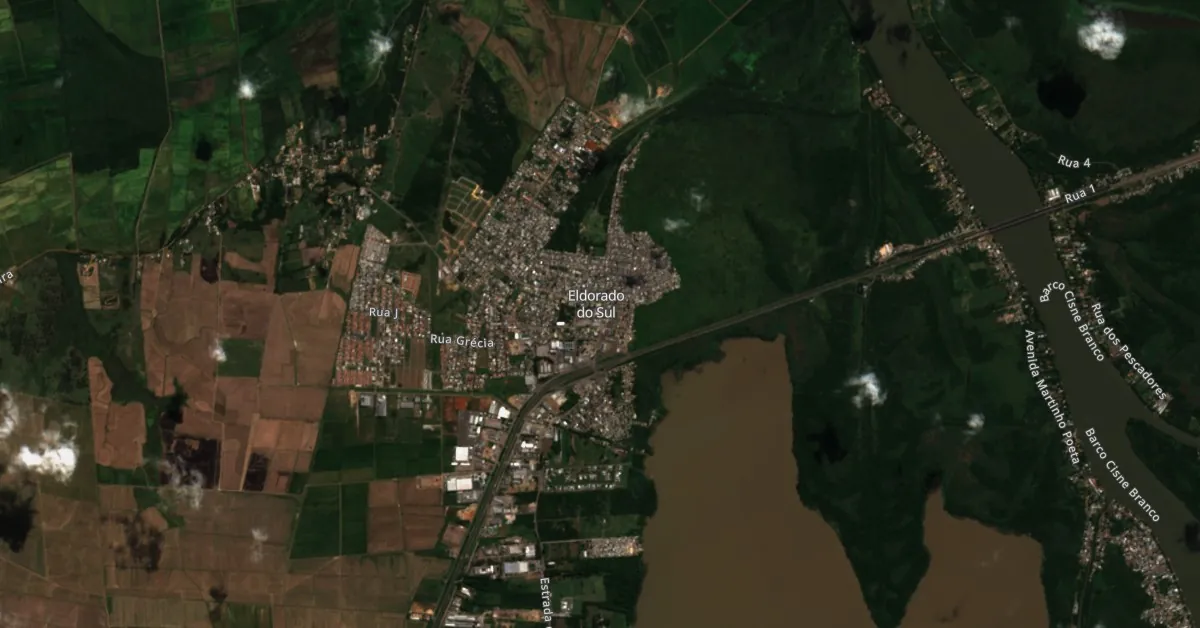
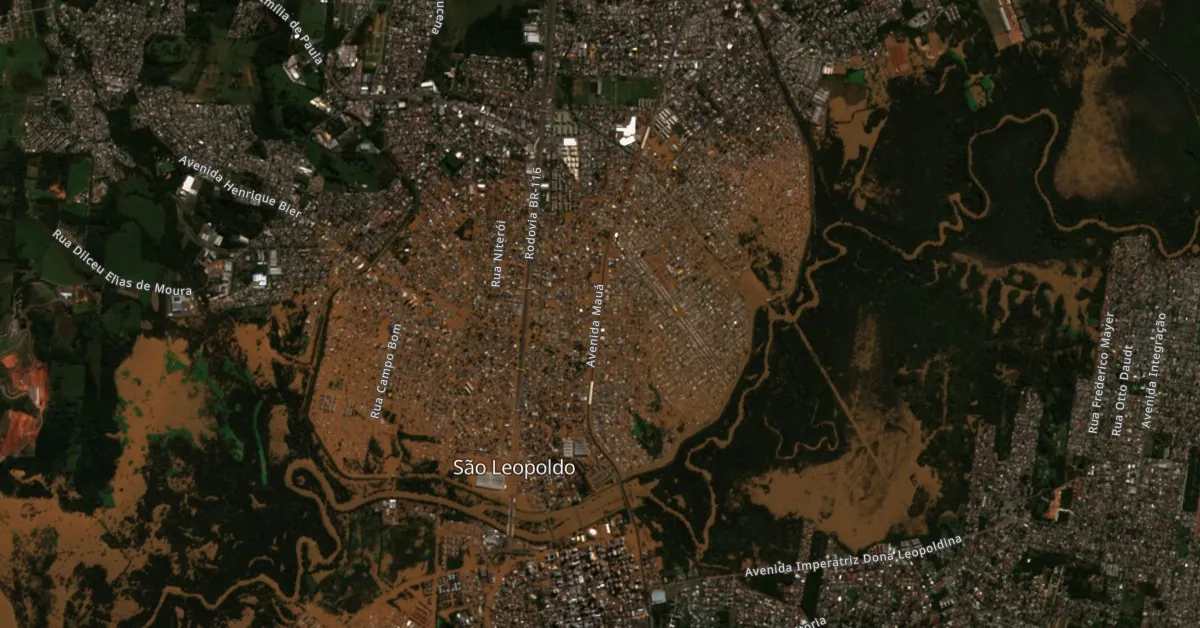
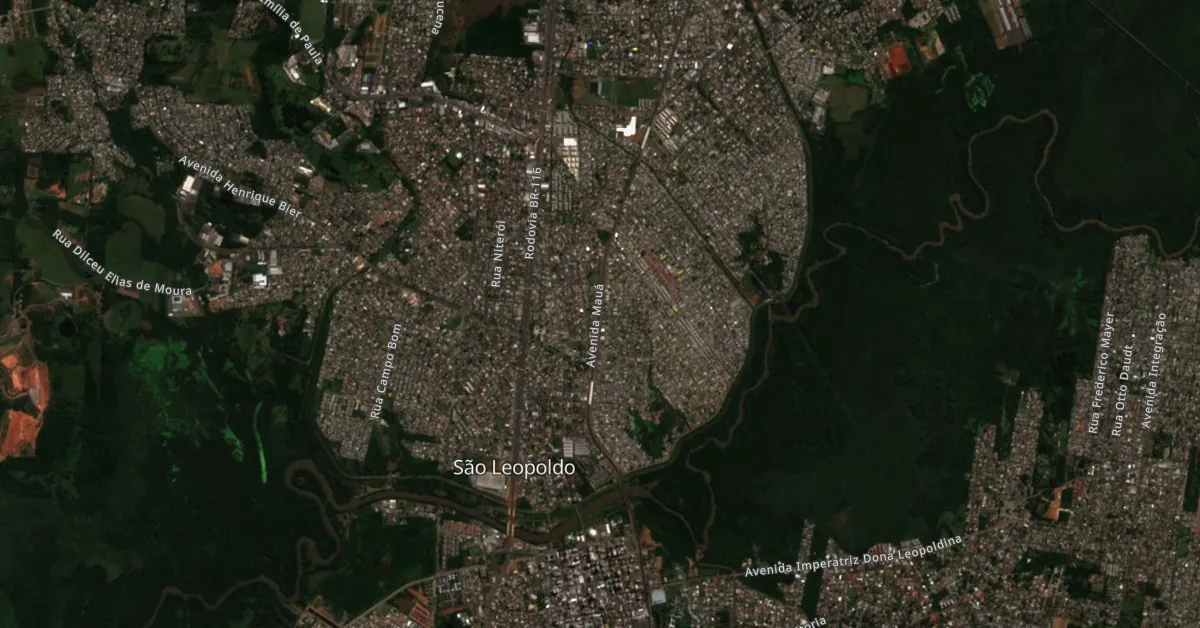


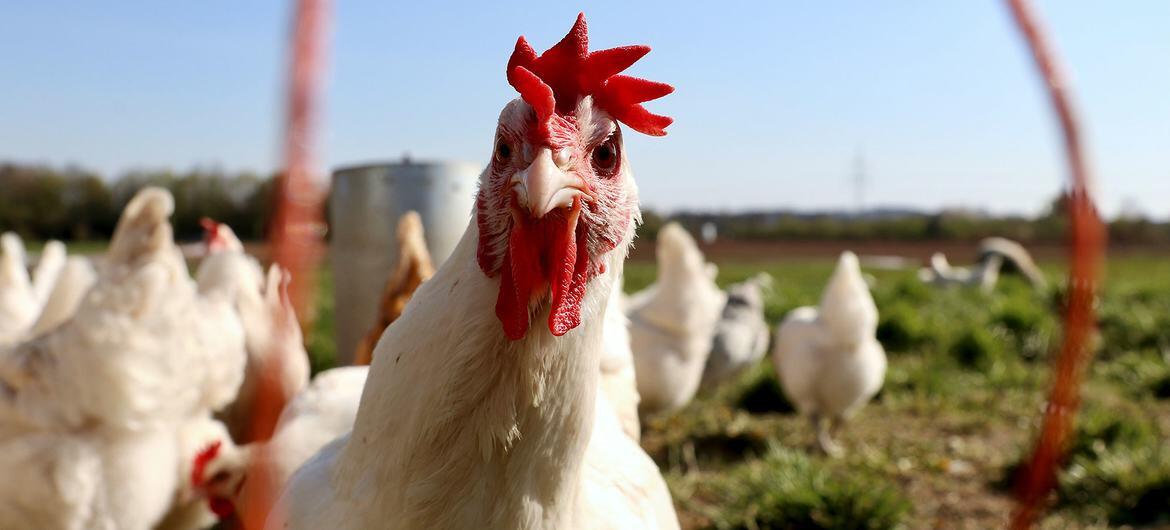
/cdn.vox-cdn.com/uploads/chorus_image/image/73336391/GettyImages_2048048347.0.jpg)


